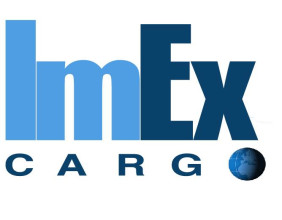Highlights:
- Institutional ownership plays a major role in Ero Copper’s stock behavior.
- Hedge funds and large institutions control substantial shares.
- Insider ownership aligns with shareholder interests.
Ero Copper Corp. (TSX:ERO) operates in the mining sector, with a shareholder structure that reveals significant institutional involvement. These institutions collectively control a majority of the company's shares, making their actions a considerable factor in determining stock price movements.
Institutional Influence on Ero Copper
Institutional investors are key players in Ero Copper, and their involvement typically brings a level of credibility to the company. However, this concentrated ownership means that any shifts in institutional sentiment or collective actions, such as large-scale share transactions, could substantially affect the company’s stock.
Key Players and Their Influence
Among the institutional investors, hedge funds command a noteworthy portion of shares in Ero Copper. These investors are often active in pushing for changes that enhance shareholder value. Notable institutional entities include T. Rowe Price Group, Inc., FMR LLC, and GMT Capital Corp., each with a significant portion of the company’s shares. This concentration of ownership provides these entities with substantial influence over the company.
Insider and Public Ownership
Company insiders, which include board members and management, possess shares that align their interests with the broader shareholder base. Although the level of insider ownership is relatively modest compared to institutional ownership, it provides an added layer of alignment with shareholders' interests. The general public also contributes a portion of the stock, shaping the overall shareholder composition, though their influence remains secondary to that of institutional investors.
Exploring Further Insights
Understanding the shareholder structure is essential for grasping how Ero Copper’s stock may behave, but it should be considered alongside other factors such as market trends and financial performance. These elements combined can provide a comprehensive view of the company’s market position.




